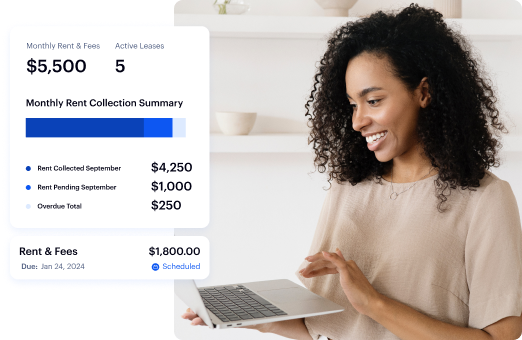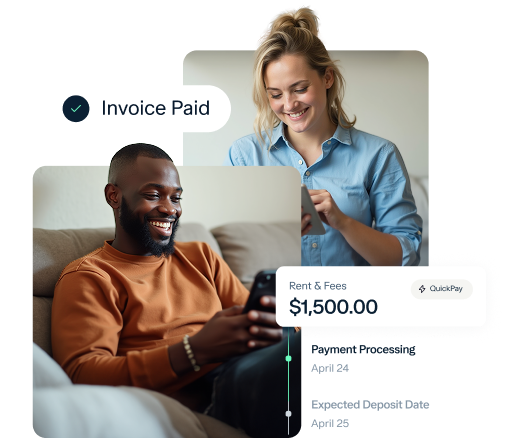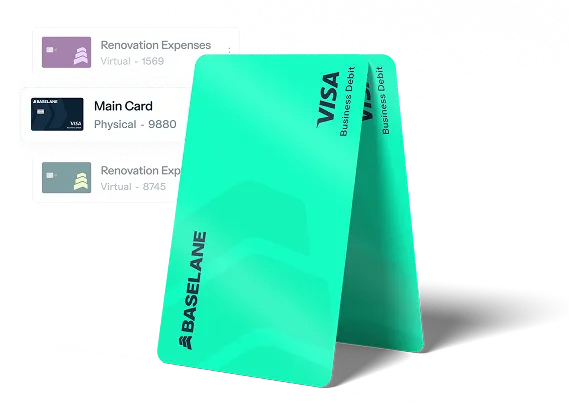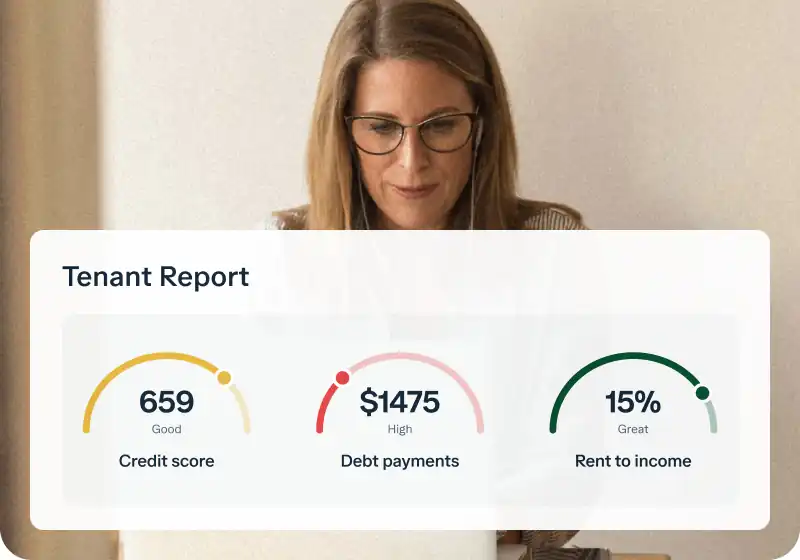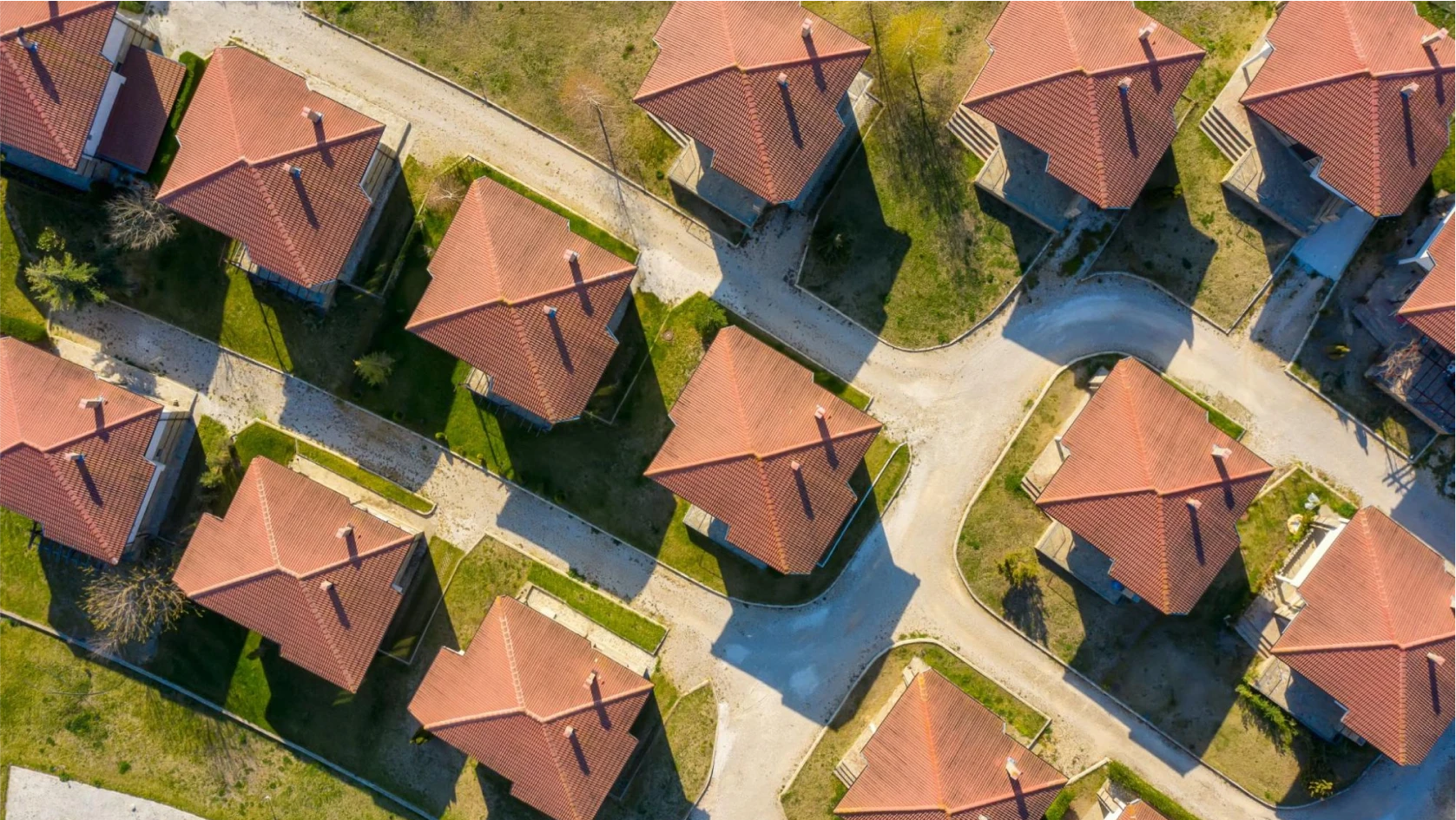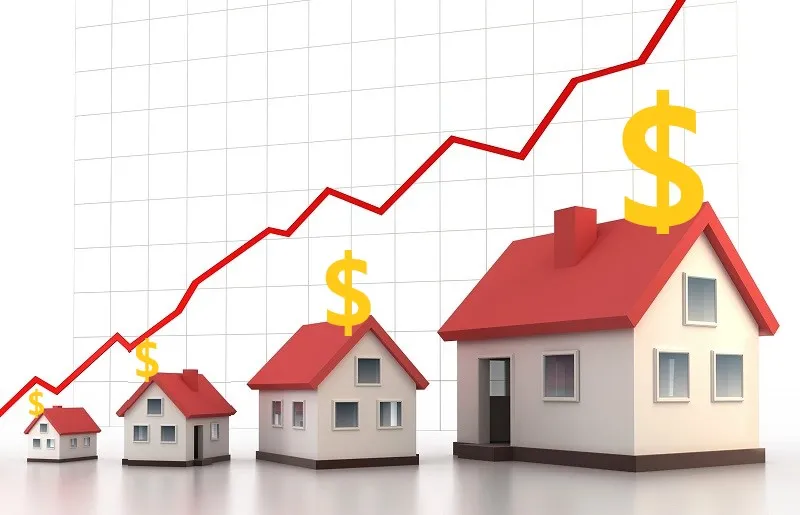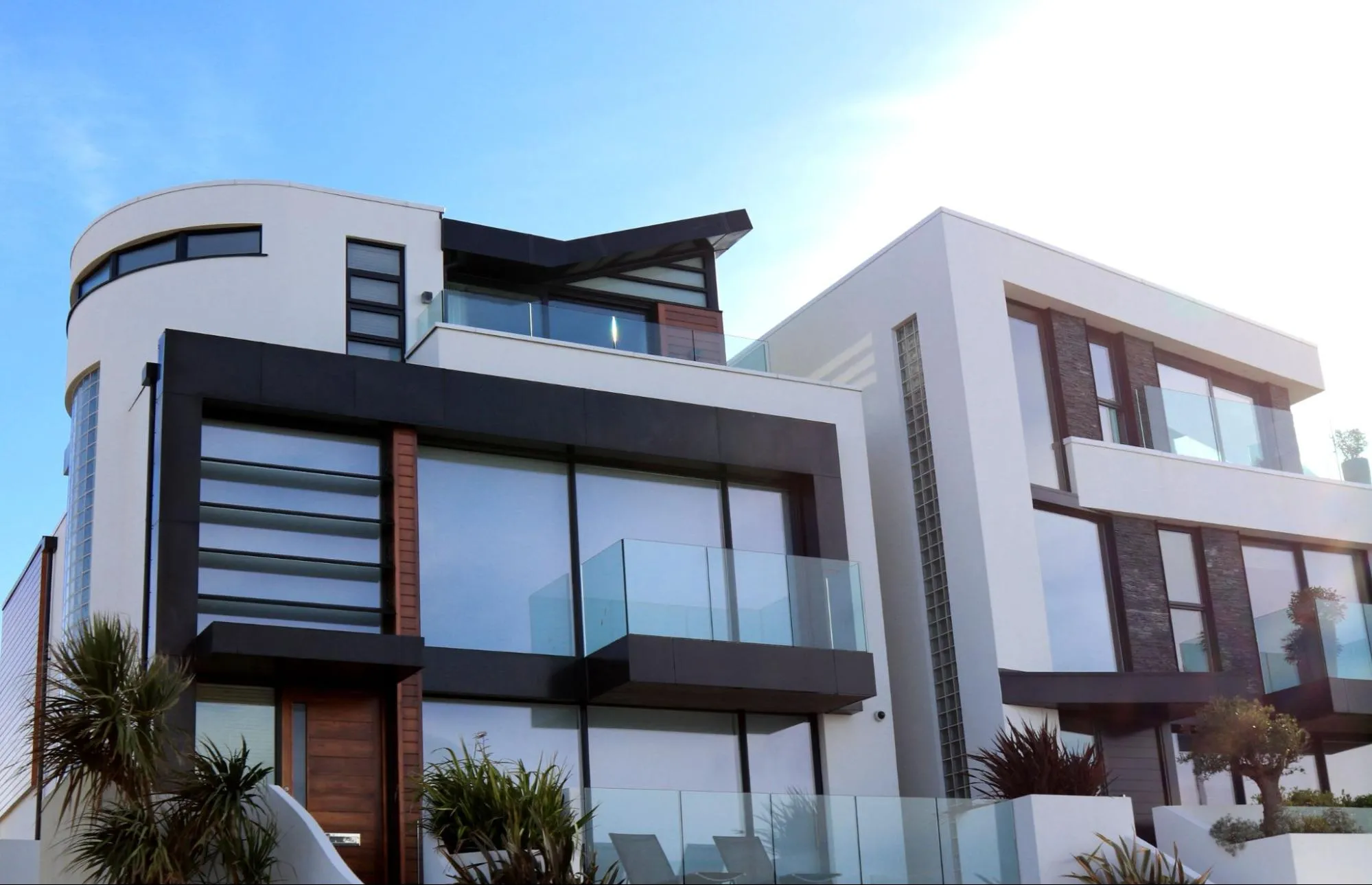As a real estate investor or independent landlord, understanding and maximizing your property's cash flow is essential for long-term success. Positive cash flow allows you to cover expenses, build reserves, and reinvest in your portfolio, turning your rental properties into a reliable source of passive income. This guide will walk you through calculating cash flow and implementing proven strategies to boost your rental income and reduce costs.
Key takeaways
- Real estate cash flow is the net income remaining after all operating expenses and mortgage payments.
- Positive cash flow is crucial for covering unexpected costs, growing your portfolio, and achieving financial stability.
- Increasing rental income through strategic pricing, added amenities, and alternative revenue streams directly boosts cash flow.
- Reducing operating expenses via efficient management, energy upgrades, and tax strategies enhances profitability.
- Utilizing specialized cash flow management software is vital for accurate tracking, analysis, and optimization of financial performance.
What is real estate cash flow?
In simple terms, it's the money left over from your rental income after you pay all the bills associated with the property. This includes operating expenses, mortgage payments, and any capital expenditures or reserves you set aside. This net amount is your property's cash flow.
How to calculate cash flow? The basic formula is straightforward:
Total Rental Income - Total Operating Expenses - Mortgage Payment = Cash Flow.
Total rental income includes rent, pet fees, laundry income, and any other money collected from the property or tenants. Operating expenses cover everything from property taxes, insurance, and maintenance to utilities, property management fees, and vacancy costs.
Positive cash flow indicates your property is generating more income than it costs to run, providing funds for emergencies, future investments, or personal use. Consistently negative cash flow, however, can drain your finances and put your investment at risk. Focusing on maximizing positive cash flow helps ensure your rental properties contribute to your overall financial goals.
Key strategies to increase rental property income
Increasing your rental property's income directly impacts its cash flow. Several strategies can help you achieve this, from optimizing rent prices to finding new revenue streams. Implementing these tactics can significantly boost your property's profitability over time.
Setting the right rent price
Setting the correct rent price is crucial; too high, and you risk vacancies; too low, and you leave money on the table. Conducting thorough [rental market trends] research helps you understand comparable rents for similar properties in your area.
Analyze local demand, property features, and neighborhood amenities to price competitively yet profitably. Dynamic pricing, especially for short-term rentals, can also optimize income based on demand fluctuations.
Adding additional revenue streams
Beyond monthly rent, properties can generate income from other sources. Consider charging pet fees or monthly pet rent if your property is pet-friendly. On-site laundry facilities or charging for parking spaces can also add to your income total. For properties in suitable locations, exploring the possibility of short-term rentals might yield higher overall revenue compared to traditional long-term leases.
Making value-adding property upgrades
Investing in strategic property upgrades can justify higher rent prices and attract quality tenants. Upgraded kitchens and bathrooms are often attractive features that tenants value highly.
Implementing energy-efficient upgrades like LED lighting, smart thermostats, and low-flow plumbing fixtures can also appeal to tenants while potentially lowering utility costs (if tenants pay utilities). Adding livable space, such as a permitted Accessory Dwelling Unit (ADU), can substantially increase both potential income and property value.
Reducing Vacancy Rates
Vacancy is a major drain on cash flow because income stops while expenses continue. Minimizing the time your property sits empty is vital for consistent positive cash flow. This starts with effective tenant screening to find reliable renters likely to stay longer and care for the property.
Prioritizing tenant retention by promptly addressing maintenance requests and fostering positive landlord-tenant relationships helps reduce turnover costs and lost rent.
Proven ways to reduce rental property expenses
Controlling operating costs is just as important as increasing income for maximizing cash flow. By managing expenses effectively, you keep more of your rental income, directly improving your bottom line. Several strategies can help you reduce the amount of money flowing out of your property each month.
Efficient Property Management
Efficient property management, whether you hire a professional or self-manage, is key to controlling costs. This includes establishing a proactive maintenance schedule to address minor issues before they become expensive repairs. Quickly and effectively handling tenant requests can prevent small problems from escalating, saving money in the long run. Using a [real estate software for investors] can help track maintenance requests and expenses efficiently.
Lowering Utility Costs
If you cover some or all utilities, finding ways to reduce these costs can significantly impact cash flow. Energy-efficient upgrades, as mentioned earlier, directly lower consumption. Implementing a Ratio Utility Billing System (RUBS), which is legally permissible, allows landlords to recoup some utility costs from tenants in multi-unit properties.
Regularly maintaining HVAC systems and ensuring properties are well-insulated also contribute to lower energy bills.
Appealing Property Taxes
Property taxes are a significant expense that can sometimes be reduced. If you believe your property has been over-assessed, you have the right to appeal the valuation. This process typically involves gathering comparable sales data and evidence of any defects affecting your property's value. Successfully appealing can result in a lower tax bill for years to come.
Strategic Mortgage Management
Your mortgage payment is often the largest single expense. While you can't change the principal balance overnight, strategic mortgage management might lower your monthly payment. Refinancing your mortgage to a lower interest rate can substantially reduce your debt service costs, freeing up cash flow.
However, refinancing comes with closing costs and should be evaluated based on current market conditions and your long-term investment strategy.
Leveraging Tax Deductions
Understanding and utilizing available tax deductions for rental property owners is critical for improving net cash flow after taxes. The IRS allows landlords to deduct ordinary and necessary expenses incurred during the year to manage and maintain the property. This includes costs like maintenance, repairs, property management fees, insurance premiums, and property taxes. Depreciation is another significant non-cash deduction that can reduce your taxable income.
The role of technology in maximizing cash flow
Managing a rental property involves numerous financial transactions, from collecting rent to paying bills and tracking expenses. Manual processes using spreadsheets or generic accounting software can be time-consuming and prone to errors, making it difficult to get a clear picture of your cash flow. Specialized [cash flow management software] designed for landlords streamlines these tasks and provides crucial insights.
Tracking income and expenses accurately
Dedicated rental property software allows you to connect bank accounts and automatically import transactions. You can then easily categorize income and expenses specifically for rental properties, tagging them by property and Schedule E tax category. This automated tracking ensures you don't miss any income or expense, providing a true financial picture.
Tools for financial analysis and reporting
Good software provides powerful reporting tools that transform raw data into actionable insights. You can generate detailed income statements, net cash flow reports, and expense breakdowns by property. These reports help you identify spending patterns, find areas for cost reduction, and evaluate the performance of individual properties. Automated tax packages and Schedule E reports simplify tax filing and help maximize deductions.
Automating rent collection and other tasks
Beyond tracking, software automates key cash flow processes. Online rent collection platforms within the software automate invoicing, send reminders, and allow tenants to pay electronically. This reduces late payments and the time spent chasing down rent.
Some platforms also offer features for scheduling and managing bill payments to vendors. Baselane's integrated platform combines banking, rent collection, and bookkeeping specifically for landlords, aiming to provide a single source of truth for your rental finances.
The average investor saves an estimated 150 hours and $5,000 per year using integrated platforms like Baselane. This efficiency gain frees up time previously spent on manual financial busywork, allowing you to focus on growing your business.
Evaluating real estate cash flow potential
When evaluating potential rental properties or assessing the performance of existing ones, investors often use rules of thumb as quick screening tools. While helpful for a preliminary look, these rules have limitations and should not replace a detailed financial analysis.
The 1% Rule
The 1% rule suggests that a property's monthly rent should be at least 1% of its purchase price. For example, a $200,000 property should rent for at least $2,000 per month ($200,000 * 0.01). This rule provides a basic benchmark for income potential relative to acquisition cost. However, it doesn't account for operating expenses, renovations needed, or local market conditions, which vary significantly.
The 50% Rule
The 50% rule, also known as the 50% expense ratio rule, suggests that half of the gross rental income will go toward operating costs, excluding the mortgage payment. So, if a property rents for $2,000 per month, the rule estimates operating expenses (excluding mortgage) will be around $1,000.
This rule helps quickly estimate expenses, but it is a broad generalization. Actual operating expenses can vary widely based on property age, location, management efficiency, and unexpected repairs.
Comprehensive Analysis
Relying solely on the 1% or 50% rule can be misleading. A comprehensive analysis is necessary to understand a property's true cash flow potential. This involves creating a detailed [rental property analysis spreadsheet] that projects all potential income sources and realistically estimates all operating expenses, capital expenditures, and vacancy costs.
Calculate the net operating income (NOI) and then factor in your specific mortgage costs to determine true cash flow. Consider using a [rental property roi calculator] to evaluate overall investment performance alongside cash flow.
Case Study Example
Let's consider a hypothetical single-family rental property purchased for $250,000. Initially, the property rents for $1,800 per month, and estimated operating expenses (excluding mortgage) are $1,000 per month based on the 50% rule. The mortgage payment is $800 per month.
Initial Cash Flow Calculation:
$1,800 (Income) - $1,000 (Expenses) - $800 (Mortgage) = $0 Cash Flow.
The investor decides to implement several strategies. First, they conduct market research and find comparable properties with updated kitchens that rent for $2,000. They invest $5,000 in cosmetic kitchen upgrades. They also install smart thermostats and LED lighting, costing $500, potentially reducing tenant utility costs slightly (making the unit more attractive) and reducing owner-paid common area electricity expenses. They implement a rigorous tenant screening process and a proactive maintenance schedule.
After upgrades and management improvements, the property rents for $2,050 per month. Operating expenses remain around $1,000, but the investor finds they can save $50/month on property management fees by using integrated software for rent collection and bookkeeping. The mortgage is unchanged.
Improved Cash Flow Calculation:
$2,050 (Income) - $950 (Expenses) - $800 (Mortgage) = $300 Cash Flow.
In this example, strategic upgrades and management efficiencies, supported by technology, turned a break-even property into one generating positive cash flow. This illustrates the combined power of increasing income and reducing expenses. Tracking all rental expenses accurately is key to identifying where savings are possible.
Bottomline
Maximizing real estate cash flow is not a passive activity; it requires proactive management, strategic decision-making, and careful financial tracking. By focusing on both increasing your rental income through optimal pricing, added amenities, and reduced vacancy, and diligently minimizing operating expenses through efficient management and leveraging tax deductions, you can significantly enhance your property's profitability. Remember that while rules of thumb offer quick checks, a detailed financial analysis provides the clearest picture of your investment's health.
Leveraging specialized financial tools is crucial for this process. Platforms designed for landlords provide the necessary infrastructure for accurate income and expense tracking, automated rent collection, and insightful financial reporting. By streamlining these essential tasks, you gain clarity and control over your finances, freeing up valuable time to focus on growing your portfolio and achieving your investment goals.
Consider how integrated solutions like Baselane, offering banking, bookkeeping, and rent collection in one platform, can help you take back time, gain clarity and control, and ultimately grow your passive income.
FAQs
What is positive real estate cash flow?
Positive cash flow means the total money collected from a rental property is greater than all the expenses, including the mortgage payment. This provides leftover funds for savings, reinvestment, or other purposes.
How do I calculate my rental property cash flow?
Calculate cash flow by subtracting all operating expenses (like taxes, insurance, maintenance) and the mortgage payment from the total rental income collected. The result is your property's monthly or annual cash flow.
What are common ways to increase rental income?
Ways to increase rental income include setting competitive market rent, adding amenities like pet options or parking fees, and potentially converting to short-term rentals in suitable markets. Making value-adding property upgrades can also justify higher rent.
How can technology help improve cash flow?
Technology, such as specialized landlord software, helps by automating rent collection, accurately tracking all income and expenses, and providing financial reports that identify areas for cost savings and income optimization. It simplifies bookkeeping and tax preparation.
Should I use the 1% or 50% rule to evaluate cash flow?
The 1% and 50% rules are quick benchmarks for initial evaluation but are generalizations. Always perform a detailed financial analysis, calculating actual projected income and expenses, to get an accurate picture of a property's cash flow potential.






